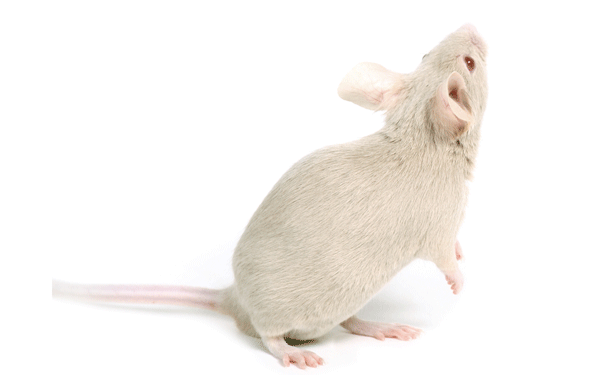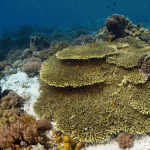
It would take 24 million generations for a mouse to become the size of an elephant. Image: Shutterstock
Since the extinction of the dinosaurs 65 million years ago, mammals have increased in size from small rodents to the Blue Whale, which can weigh up to 190 tonnes.
A team of 20 biologists and palaeontologists have measured how fast large-scale evolution can occur in mammals for the first time. They looked at 28 groups of mammals, including elephants, primates and whales, over the past 70 million years, using the fossil record and modern species to estimate body sizes.
“It, for the first time, gives us some idea of how long these massive changes would take,” said Monash University biologist Alistair Evans, lead author of the study published in the Proceedings of the National Academy of Sciences USA.
Changes in size were tracked between generations, rather than years, to allow meaningful comparisons between species with differing life spans. The scientists found that it would take a mouse 24 million generations to evolve to the size of an elephant.

The evolution of pygmy elephants took 10 times fewer generations than the equivalent sheep-to-elephant size change. Credit: Alistair Evans, David Jones and IMPPS
In contrast, decreases in mammal body size occurred 10 times faster, as larger animals can still function with a smaller body size, i.e. babies. Many of the miniature animals live on islands, where their smaller size would be advantageous.
To evolve to a larger size, a mouse would have to change many of the details of its bodies, such as increasing its breeding rate and life span. Smaller animals also require higher quality food (meat) and would need to adapt their metabolism and digestive systems to the lower quality food (grasses and leaves) consumed by larger species.
“Every time you get a little bit bigger, some of these things will have to change,” Evans said. “We really don’t know what’s going to be easy and what’s going to be hard.”
A larger body size would be an advantage in harsher climates as big animals can maintain more body heat, store more food resources in their bodies and travel over greater distances to find food and water. Their food can also be lower quality than required by smaller mammals, as larger species have longer digestive tracts and lower metabolic rates.
Examples of this can be seen in the past, where larger body sizes correlated with colder temperatures. “The largest animals were bigger than they are now,” said Evans.






